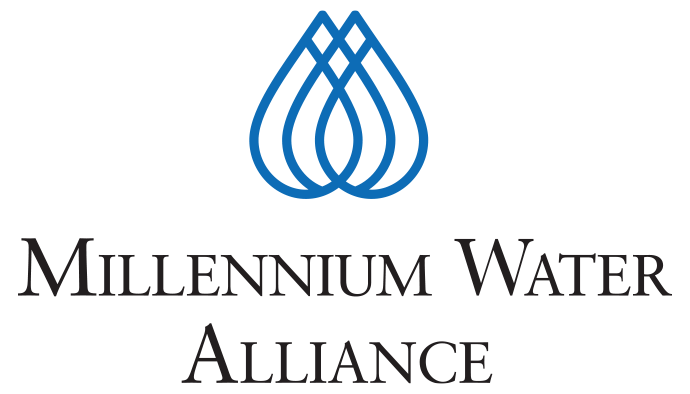May 22, 2013, Marsabit County, Kenya – Speeding north across the dusty savannah between Isiolo and Marsabit, I saw a young Rendille herdsman with a goad in one hand and an empty plastic bottle extended towards our Land Cruiser in the other. The gesture was universal: he needed water.
 Upon spotting him, our driver, Mohammed – a steel-toothed Borana man wearing an OilLibya uniform and a peculiar white neckerchief – took a nonchalant swipe at him while beeping furiously. “That is how they get you to stop, then bandits come,” he explained. True or not for this case, the lesson remained that water here may not be as it seems on the surface.
Upon spotting him, our driver, Mohammed – a steel-toothed Borana man wearing an OilLibya uniform and a peculiar white neckerchief – took a nonchalant swipe at him while beeping furiously. “That is how they get you to stop, then bandits come,” he explained. True or not for this case, the lesson remained that water here may not be as it seems on the surface.
Continuing north on the road I noticed a gradually rising plateau in the distance silhouetted against the tan lowlands. It was the extinct volcano Mount Marsabit, the landscape’s dominant feature that predominately defines the region’s hydrogeology, and subsequently its water resources potential. It works quite systematically: relatively high rainfall on the upper slopes of the mountain creates powerful floods that carry umber clays down to the surrounding plains. To the east and west, granite ridges erode under the same rains, loading flood waters with coarse sand. When this mix reaches the plains below, enormous quantities of water, sand, and clay are deposited in brief, explosive floods. The water then dissipates in a matter of weeks, leaving people and wildlife to contend with months of drought.
Clearly, this natural water source was not the people living in this area. Thus, the question remains: where did that floodwater go and could anything be done to store it longer? This is the riddle specialists from Acacia Water working with Food for the Hungry – Kenya (FH-K) and Millennium Water Alliance (MWA) are trying to decipher as an innovative component of the MWA’s Kenya Arid Lands Disaster Risk Reduction (KALDRR) WASH program. The approach Acacia Water is applying – called “3R” for Retention, Recharge, and Reuse – is based on the philosophy that even in dry environments there is plenty of water. You just have to understand the hydrogeology and then enhance it with low-cost infrastructure to make the most of it.

It turns out that evenin arid in Marsabit, large quantities of water end up just below the surface under sand rivers and soil moisture, as well as locked in deep groundwater. To better understand this hydrogeological system, Acacia Water’s team spent two weeks mapping the area. Togetherwith FH-K, they have pinpointed existing water sources, tested water conductivity, explored sandy river beds, consulted with local residents, and measured how fast water infiltrates into the ground. By overlaying this information on a satellite map of the area’s geology, they are currently generating a 3R model for the region. The preliminary results are intriguing: the model shows with surprising accuracy what types of low-cost water storage infrastructure could be feasible at a given location. So looking at this model, one literally sees more water potential than is visible to the naked eye.
The conceptual value of this body of work is immediately apparent. From a planning standpoint, if you can sit at your desk and figure out if a sand dam or shallow well will be feasible for any village on the map you can save a tremendous amount of expensive field time. Determining how this knowledge can be made practical at an institutional level, however, will be the next step in the process. Since it seems clear that the logical end user is the local government, the Acacia Water, FH-K, and MWA team is already engaging with the appropriate agencies and will continue to share its findings with them. Through the synergy of this new technical approach, FH-K’s local rapport, and the local government’s mandate, the long-term goal of this effort is to, in the most cost-effective way possible, capture and store more water to ease the stress of the region’s recurring droughts.
DANIEL SMITH

